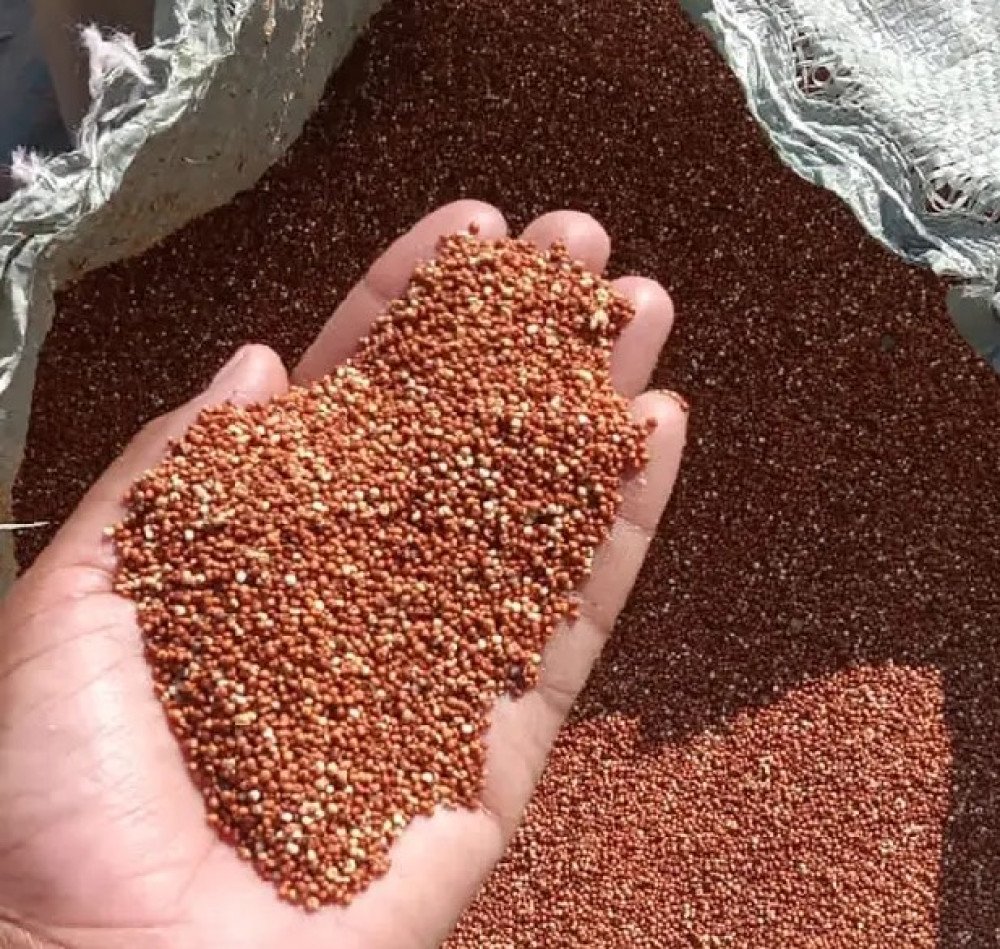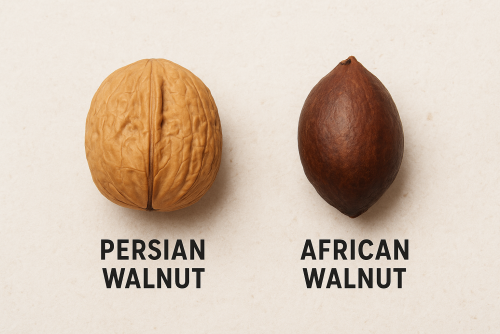Once a staple in African kitchens, wimbi (finger millet) and other millet varieties are making a comeback on modern dining tables. In Kenya, Uganda, Nigeria, and across the Sahel, millet sustained generations with its resilience to drought and rich nutritional profile. Now, as the world seeks climate-smart foods and healthier diets, this humble grain is stepping back into the spotlight, and it’s ready to reclaim its place on our plates.
In many African households, millet was more than a crop, it's a cultural anchor. In western Kenya, elders recall sipping uji wa wimbi (millet porridge) during chilly mornings before school. In northern Nigeria, fura de nunu/ nono (millet balls in fermented milk) is a treasured comfort drink. Across the continent, millet dishes were tied to celebrations, harvest rituals, and community sharing.
By embracing millet today, we’re not just eating a grain, we’re honoring a legacy.
Millet is naturally gluten-free and rich in fiber, plant-based protein, and essential minerals like iron, magnesium, and phosphorus. It has a low glycemic index, making it ideal for people managing diabetes. Plus, its antioxidant properties help combat inflammation and boost heart health.
Fun fact: Unlike wheat or maize, millet thrives in poor soils with minimal water, a true climate champion crop.
While millet porridge remains a classic, creative chefs and home cooks are reimagining it in modern recipes:
Millet pancakes with tropical fruit toppings.
Millet grain bowls with roasted vegetables and avocado.
Millet flour bread and gluten-free pastries.
With climate change threatening global food security, millet offers a sustainable solution. Its short growing cycle and minimal water needs make it a reliable choice for farmers facing unpredictable weather. Organizations across Africa are now training farmers on millet cultivation, seeing it as a climate-resilient, income-generating crop.
How to Start Your Millet Journey
- Swap a portion of rice or maize with cooked millet.
- Use millet flour in chapati or pancake recipes.
- Explore millet-based snacks from local markets.
- Try traditional drinks like uji wa wimbi or fura de nunu/ nono
Known as Wimbi in Swahili, you’ll find millet in recipes like ugali wa wimbi (mawere) (millet ugali) (brown ugali) or uji wa wimbi (Ucuru wa mukio) the tasty drink served in calabashes at Agikuyu ceremonies (millet porridge). These names carry history, and flavor.
The millet revival is not just about health trends or sustainability, it’s about reconnecting with African heritage and building a resilient food future. As you enjoy your next spoonful of uji wa wimbi (millet porridge), remember, you’re part of a delicious revolution.




Add your reply
Replies